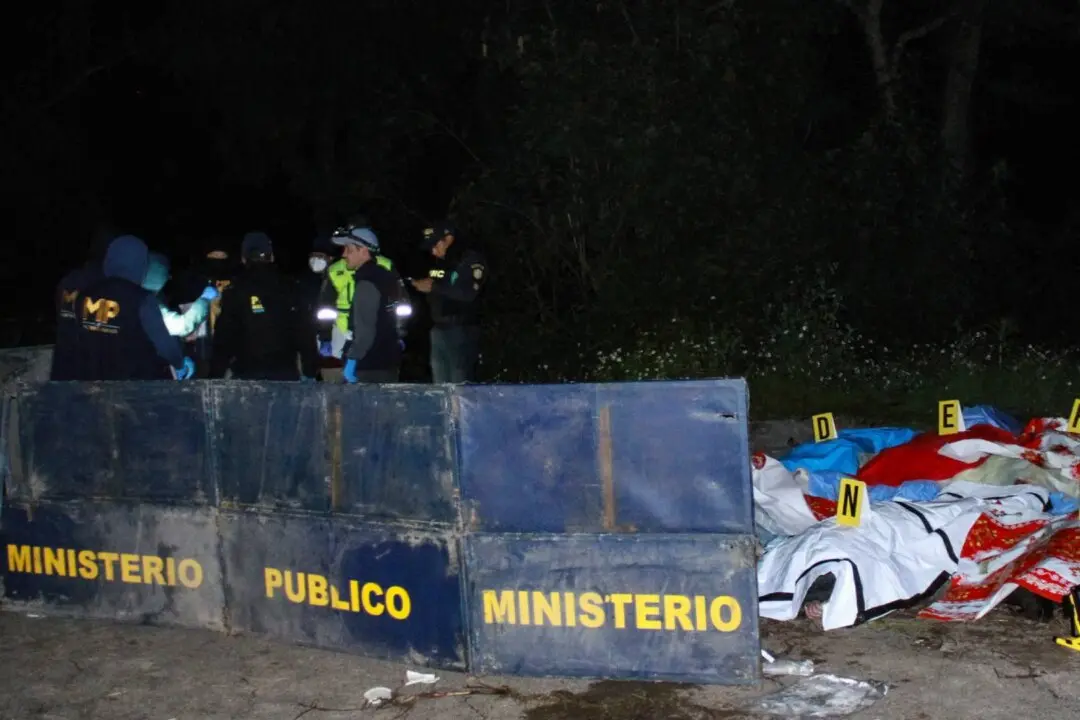WALBRZYCH, Poland — The placid woodlands around this medieval castle town have suddenly become the hottest spot in Poland — as treasure hunters descend on the area in search of a mystery Nazi train said to be laden with gold.
Government reports that two men may have located the legendary World War II treasure, purportedly buried in a secret tunnel in the bowels of the earth, have set off a frenzy of excitement among fortune-hunters from across Poland and beyond.
“It’s a true gold rush,” said Andrzej Nowak, a 60-year-old retired teacher who lives near the spot.
Polish authorities recently said that two men, whose names they have not been released, used radar to locate an armored train deep under the woodlands around Walbrzych, and believe it could be the so-called Nazi “gold train.” Rumors have swirled for decades about the train, also said to be filled with weapons, though there is absolutely no evidence that it ever existed.
A government official said last week that the claimants’ theory is based on the “deathbed testimony” of one of the men who allegedly helped load the train at the end of the war.
On one recent day, the normally quiet area was swarming with tourists, journalists and locals. Nowak, who himself has joined the treasure hunt, said he has seen cars with plates from across Poland, Germany, the Netherlands and elsewhere.
“Have you found it?” people keep saying to each other — mostly in a joking spirit. For it’s highly unlikely that any amateur treasure hunter will stumble across the train: If it exists, it will be buried deep in the ground, within a labyrinth of tunnels the Nazis built during the war, probably accessible only with the help of massive machinery and explosives.
If the train and its treasures eventually do turn up, it will belong to the Polish state. The two claimants are demanding 10 percent of the value of the find, something officials have said they will get. Serious excavation work is expected to start within weeks.
Meanwhile, the Polish military is moving in for a fact-finding mission. And police are patrolling the area around the clock, to prevent any attempts at secret digging, or other tampering with the site, or obstructing the railway traffic.
The man considered the main living source of the legend is following the excitement from his home just a few kilometers (miles) away. Retired miner Tadeusz Slowikowski, 84, heard from a German man in the 1970s of a train that left the German city of Breslau (today Poland’s Wroclaw) in the spring of 1945, as the Soviet army approached. He said the man told him the train disappeared before ever making it to Waldenburg (now Walbrzych) some 65 kilometers (45 miles) to the west.






